Buy the photo Graffiti in Spain's fiery south. Funky Abuela by littletreasureshouse on canvas, ArtFrame, poster and wallpaper, printed on demand in high quality.
About "Graffiti in Spain's fiery south. Funky Abuela"
by littletreasureshouse
About the artwork
I came across these and the following murals in the far south of Spain on the Costa De La Luz. They provide colour and inspiration in a somewhat remote desolate neighbourhood. An asset that fortunately was not brushed away.
Graffiti and street art are forms of visual art often found in public spaces. Although they are sometimes used interchangeably, there are subtle differences between the two. Graffiti usually consists of texts, tags or stylised letters applied with spray cans, often as an expression of identity, protest or territory. Street art, on the other hand, is broader and includes murals, stencil art, stickers and installations. It often focuses on conveying a message or beautifying an environment.
Both art forms have their roots in underground culture and are sometimes seen as vandalism, especially when applied to buildings or walls without permission. Nevertheless, appreciation of street art has risen sharply in recent years. In cities like Berlin, London and Amsterdam, tours of famous works are organised, and artists like Banksy have gained international fame.
Street art can be socially critical, contain humour or simply be visually appealing. It plays an important role in urban culture, giving colour to the city and inviting dialogue. What was once considered a nuisance is now often recognised as a valuable art form that breathes new life into public spaces.

About littletreasureshouse
After closing my gallery in Antwerp, I ended up at Werk Aan De Muur where I found the opportunity to share all the beauty that has passed through my hands through this way. Furthermore, I also have the permission of some artists I have been working with for.. Read more…
 Germany
Germany Ordered in January 2020
Ordered in January 2020
 Netherlands
Netherlands Ordered in May 2024
Ordered in May 2024
 Germany
Germany Ordered in May 2022
Ordered in May 2022
 Germany
Germany Ordered in April 2025
Ordered in April 2025
 Netherlands
Netherlands Ordered in November 2022
Ordered in November 2022
 Germany
Germany Ordered in November 2022
Ordered in November 2022
 Germany
Germany Ordered in June 2023
Ordered in June 2023
 Germany
Germany Ordered in April 2023
Ordered in April 2023
 Netherlands
Netherlands Ordered in February 2023
Ordered in February 2023
 Germany
Germany Ordered in May 2021
Ordered in May 2021
 Netherlands
Netherlands Ordered in March 2020
Ordered in March 2020
 Germany
Germany Ordered in November 2022
Ordered in November 2022
About the material
ArtFrame™
Interchangeable Art Prints
- High-quality print
- Easily interchangeable
- Acoustic function
- Large sizes available
Discover the artworks of littletreasureshouse
 Female Pre-Columbian statue Mexico Jaliscolittletreasureshouse
Female Pre-Columbian statue Mexico Jaliscolittletreasureshouse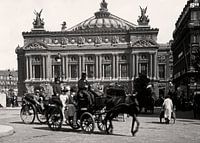 Opera Paris with carriage 19th.clittletreasureshouse
Opera Paris with carriage 19th.clittletreasureshouse Skull of an African Nile crocodile, a fearsomely beautiful monsterlittletreasureshouse
Skull of an African Nile crocodile, a fearsomely beautiful monsterlittletreasureshouse Madagascar African statue of 2 ibises Sakalavalittletreasureshouse
Madagascar African statue of 2 ibises Sakalavalittletreasureshouse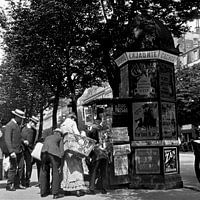 Paris in the 19th century. Kiosk with public boulevard newspapers and magazines..nostalgialittletreasureshouse
Paris in the 19th century. Kiosk with public boulevard newspapers and magazines..nostalgialittletreasureshouse Asmat Skull Papualittletreasureshouse
Asmat Skull Papualittletreasureshouse Buddha as Siddhartha Gautamalittletreasureshouse
Buddha as Siddhartha Gautamalittletreasureshouse Vintage shell box Mont St. Clair.littletreasureshouse
Vintage shell box Mont St. Clair.littletreasureshouse Antique Corpus Christi in bonelittletreasureshouse
Antique Corpus Christi in bonelittletreasureshouse Walrus skull taxidermylittletreasureshouse
Walrus skull taxidermylittletreasureshouse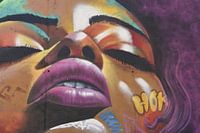 Graffiti in Spain's fiery south. Guapalittletreasureshouse
Graffiti in Spain's fiery south. Guapalittletreasureshouse Graffiti in Spain's fiery south. Funky Abuelalittletreasureshouse
Graffiti in Spain's fiery south. Funky Abuelalittletreasureshouse Roman archaeology in Spainlittletreasureshouse
Roman archaeology in Spainlittletreasureshouse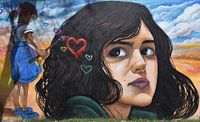 Bullied at schoollittletreasureshouse
Bullied at schoollittletreasureshouse Stop bullying at schoollittletreasureshouse
Stop bullying at schoollittletreasureshouse Roman archaeology in Spain 2littletreasureshouse
Roman archaeology in Spain 2littletreasureshouse Shaun's visionlittletreasureshouse
Shaun's visionlittletreasureshouse Shaun Young Flamenco Murallittletreasureshouse
Shaun Young Flamenco Murallittletreasureshouse Shaun Young Flamenco Artistslittletreasureshouse
Shaun Young Flamenco Artistslittletreasureshouse Indian cress still life - botanical oil paintinglittletreasureshouse
Indian cress still life - botanical oil paintinglittletreasureshouse
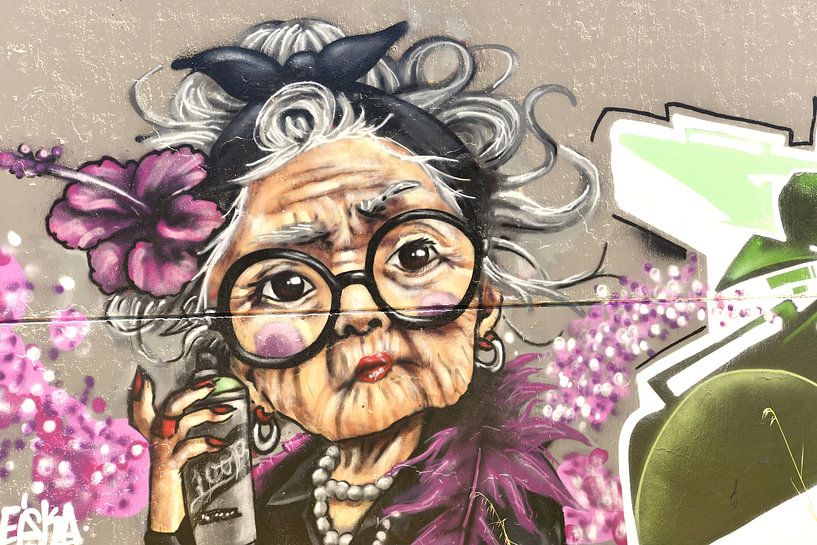












 Joyful Moments
Joyful Moments Photo wallpaper
Photo wallpaper Photography
Photography Urban / Street
Urban / Street Vibrant Colors
Vibrant Colors Whimsical Wonders
Whimsical Wonders









